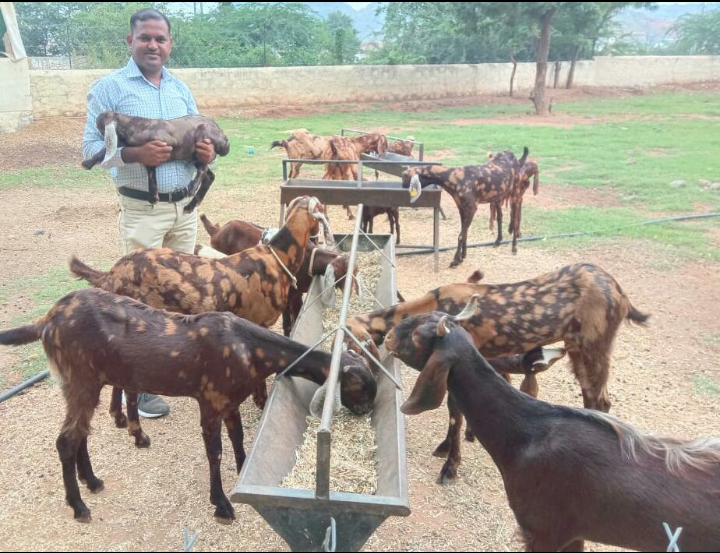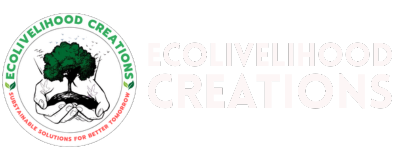Goat farming has long been a part of India’s agrarian landscape, especially in semi-arid, hilly, and tribal regions. Often described as the “poor man’s cow,” goats have proven to be a reliable source of income, nutrition, and security for millions of smallholder farmers. In recent years, however, with growing awareness, market demand, and technical interventions, goat rearing has evolved into a structured livelihood opportunity.
At EcoLivelihood Creations, goat farming is not treated as a side activity—it is a centerpiece of rural economic resilience, especially for landless families and women-led households. This blog explores why goat farming is relevant, what it takes to succeed, and how structured support systems are making all the difference.
Why Goat Farming?
Goats are hardy animals that can survive on minimal feed, adapt to various climates, and reproduce quickly. They require less investment than cattle, are easier to manage, and yield valuable outputs including milk, meat, manure, and even skin for leather products.
Key benefits include:
- Low startup cost with fast returns
- Suitable for landless or marginal farmers
- High market demand for goat meat and milk
- Dual utility: nutrition + income
- High reproduction rate (2 kids per cycle, twice a year)
In India, goat meat (chevon) is widely preferred across communities, and goat milk is increasingly being recognized for its digestibility and health benefits.
EcoLivelihood’s Approach to Goat Rearing
EcoLivelihood Creations supports goat farming as a full-fledged enterprise. Our programs address everything from breed selection to health management, housing, feed, and even marketing. Importantly, our model is women-inclusive, where the goat becomes a key economic asset in female-headed or low-income households.
Here are some key pillars of our goat-based interventions:
1. Breed Selection and Upgrading
Local breeds like Sirohi, Jamunapari, and Barbari are identified based on regional adaptability and purpose (milk or meat). We provide technical guidance on breed purity, selection, and even inter-village exchange to prevent inbreeding.
2. Goat Housing and Shed Construction
Proper shelter is essential to protect goats from heat, rain, and disease. We train families to construct low-cost sheds using local material. The design includes elevated flooring, good ventilation, and separate spaces for young kids (छिका).
3. Fodder and Nutrition Management
Green fodder, dry feed, and mineral mixtures are essential for goat health and milk yield. Farmers are trained in developing mobile feeding systems, avoiding contamination, and preparing home-based feed mixes when resources are limited.
4. Health Management and Vaccination
One of the most crucial aspects is ensuring preventive healthcare. We organize:
- Deworming and vaccination drives (PPR, FMD, ET, HS)
- Disease identification workshops
- First-aid training for goat keepers
- Regular visits by para-vets and livestock health workers
5. Training and Handholding
Our field facilitators conduct structured training sessions that include:
- Goat lifecycle management
- Early disease detection
- Record keeping (birth, vaccination, sale)
- Market pricing and negotiation techniques
6. Marketing and Value Addition
In addition to selling live goats or meat, we encourage:
- Goat milk parlors at the community level
- Processing goat milk into soap, cheese, or probiotic products
- Collective sale of goats during festival or mandi seasons for better pricing


